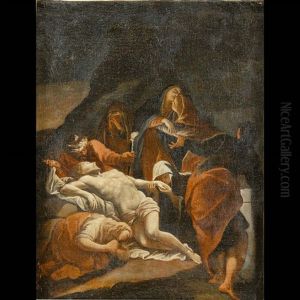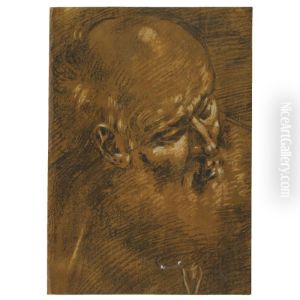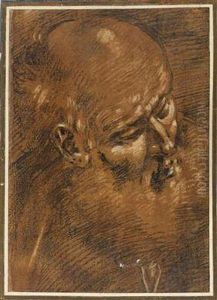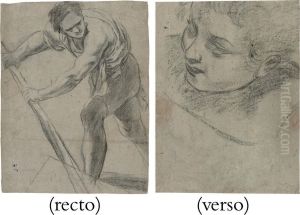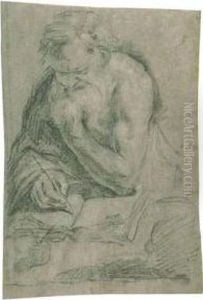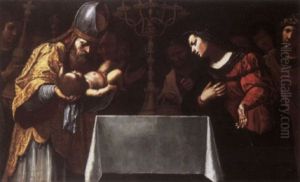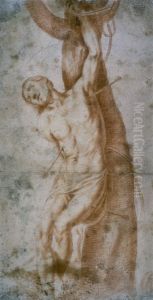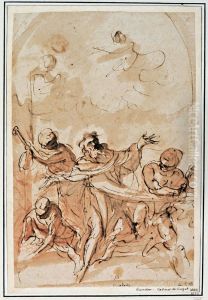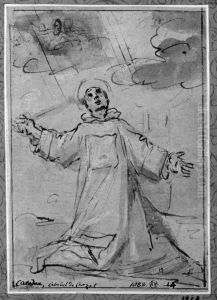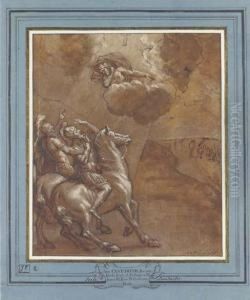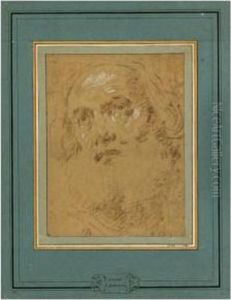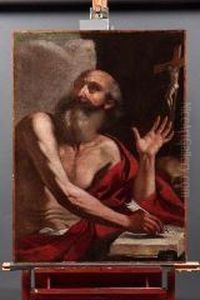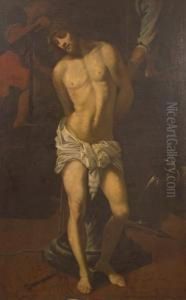Giacomo Cavedone Paintings
Giacomo Cavedone, born in 1577 in Sassuolo, Italy, was an Italian Baroque painter associated with the Bolognese School. His early life saw him training under Bernardino Baldi and Annibale Carracci, the latter being one of the founders of the Bolognese School and a pivotal figure in the Baroque movement. Cavedone's style was significantly influenced by Carracci's classicist approach, which sought to fuse the dynamism of the High Renaissance with a renewed interest in classical antiquity.
In 1597, Cavedone moved to Rome, where he continued his studies and began working on various projects. His time in Rome allowed him to absorb the influences of Caravaggio and the Carracci brothers, Annibale and Agostino, which greatly impacted the development of his own painting style. Cavedone's work is characterized by strong chiaroscuro, dynamic compositions, and a vivid sense of realism.
Cavedone returned to Bologna around 1609 and became a prominent painter in the city, contributing to many of its churches and public buildings. He also worked as a fresco artist, and his murals can still be seen in several Bolognese churches. His altarpieces and devotional works are noted for their emotional expressiveness and technical proficiency.
Despite his success, Cavedone's later years were marked by personal tragedies, including the death of his children, which profoundly affected him and his work. His style became more somber, and his productivity declined. Cavedone died in poverty in 1660, having fallen out of favor with the changing tastes of the art world.
Today, Giacomo Cavedone is remembered for his contributions to the Baroque movement and his role in the Bolognese School. While not as widely recognized as some of his contemporaries, his work continues to be appreciated for its emotional depth and technical skill.

